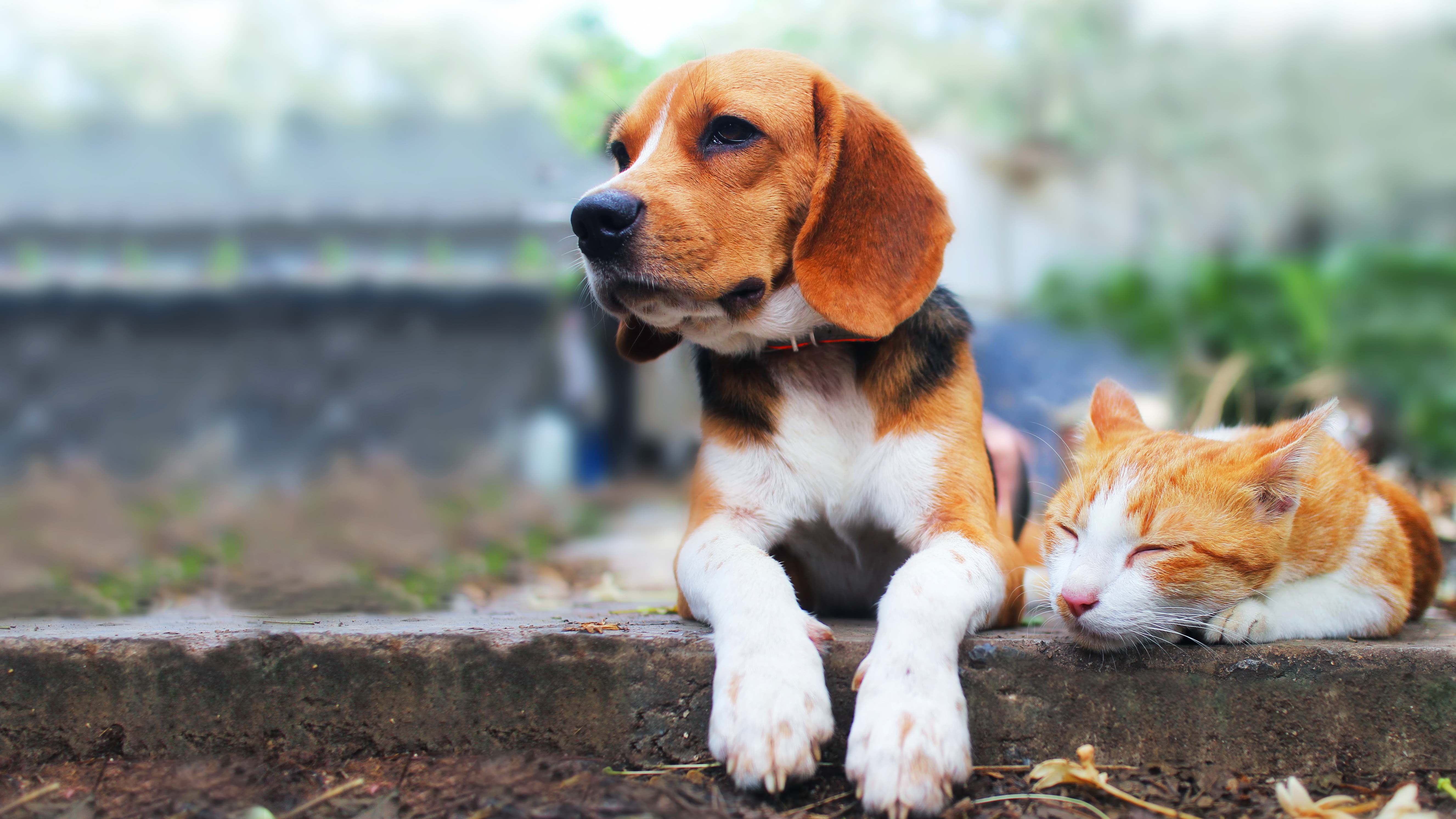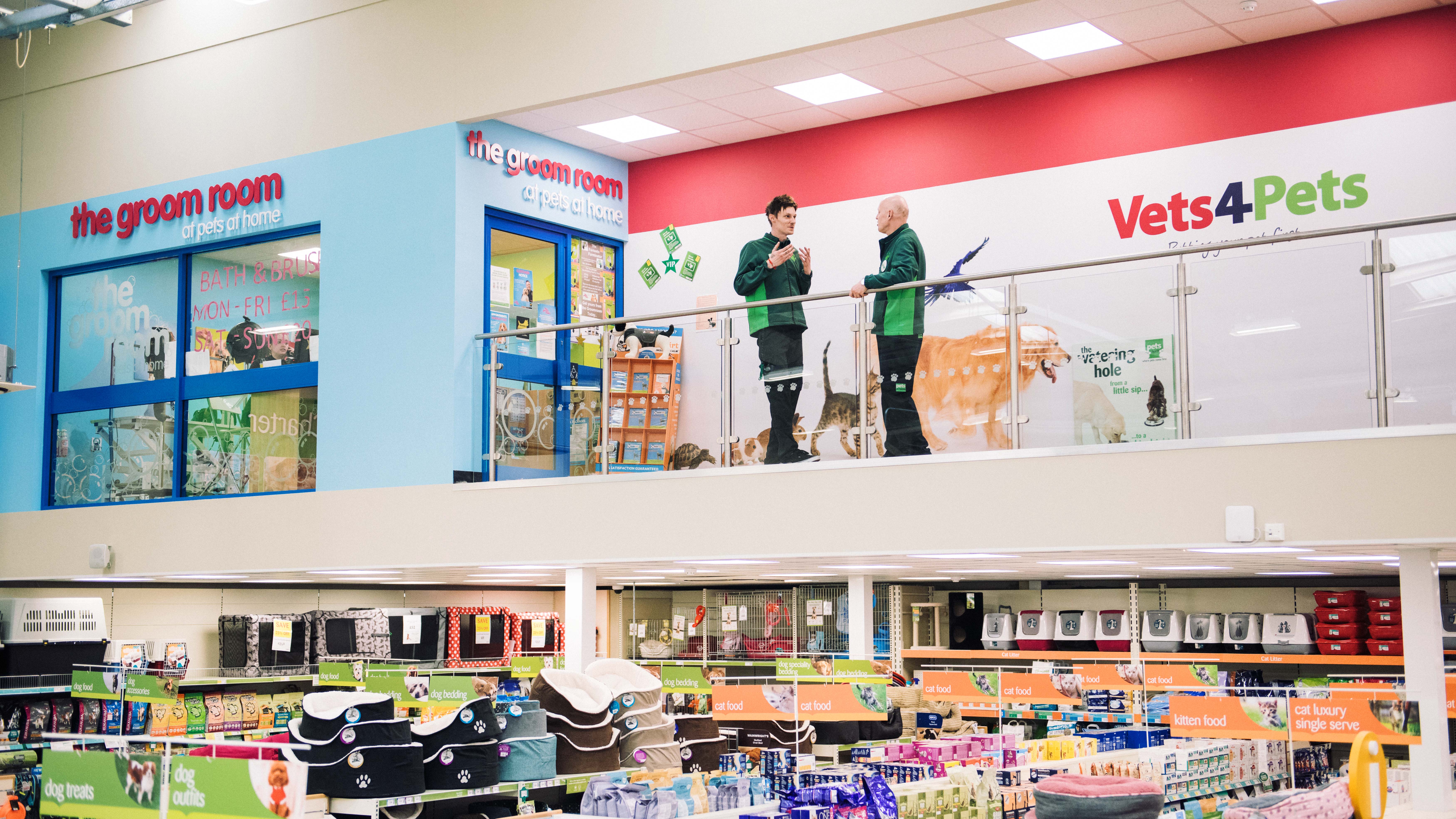Listeners of Classic FM over the Guy Fawkes night weekend will have inadvertently tuned into a special ‘Pet Classics’ – designed specifically to keep dogs, cats and other pets calm as fireworks exploded outside. The popularity of Pet Classics – according to the station’s Managing Editor, it has become one of channel’s most popular annual segments – speaks to the sharp rise in pet ownership, and rapidly changing attitudes towards our domesticated animals.
Much has been written about the boom in pet ownership since the pandemic. Around the world, millions of people in lockdown turned to new pets for companionship, spurred on by the emergence of homeworking which – in theory – provided ample time for training and walking. According to the Pet Food Manufacturers’ Association, the UK’s pet population rose by 8% in the twelve months following the first lockdown. As a result, pet retail is booming: Pets at Home increased its full-year guidance in July, reporting that sales were up 30.2% on a like-for-like basis and 29.4% on a two-year basis. Jollyes, which has more than 70 pet superstores, recently announced plans to open 20 further sites.
“We’re operating in a sector which has had maybe a 10 to 15 percent increase in participation. If you think about a pet’s lifespan, you can almost guarantee that this is going to run for ten years. It’s super robust.”

Unlike some lockdown trends, this isn’t a flash-in-the-pan phenomena. I caught up with Chairman at Jollyes, Richard Cotter last week, who reflected on the longevity of the market’s growth: “We’re operating in a sector which has had maybe a 10 to 15 percent increase in participation. If you think about a pet’s lifespan, you can almost guarantee that this is going to run for ten years. It’s super robust.”
While Covid-19 has certainly brought about a sharp spike in households with pets, the humanisation of – and increased spend on – pets isn’t new. Driven partly by younger owners (more than half of Britain’s new ‘pet parents’ are under 34), today’s pets are more likely to be considered members of the family than as ‘things’ we own.
As a result, the global market for pet products has been growing gradually, and is now worth more than $220bn. Spending on pets has climbed consistently, increasing by an average of 5.8% per year according to Euromonitor – more than double the rate of the confectionary market. Major FMCG players like Nestlé and Mars have funneled resources into their existing pet divisions, and others like Unilever have made their first foray into the market. What’s more, the space has expanded far beyond food and veterinary services, sprawling to cover everything from daycare and boarding to fashion and entertainment. Name a product or service available to (human) consumers, and you can be sure an equivalent exists for their pets.
“What’s going on in the market,” explained David Robinson, COO at Pets at Home when I spoke him recently, “is the continued humanisation of animals, which is increasing spend per pet, combined with the ‘pet effect’ from lockdown, which is increasing the overall number of pets.”
“What’s going on in the market,” explained David Robinson, the COO at Pets at Home “is the continued humanisation of animals, which is increasing spend per pet, combined with the ‘pet effect’ from lockdown, which is increasing the overall number of pets.”
We are definitely in a new era of the pets sector, with a significant element of growth driven by premiumisation. In food, for example, gone are the days of choosing between two or three brands of dry food – owners can now access everything from vegan cat treats to gluten-free dog food for sensitive stomachs, and choose between dry, chilled or frozen food solutions.
“We’re seeing human food trends in pet food,” explained David Robinson. “We are much more aware that the things we eat can have a profound impact on us, and we’re realising the same about our pets. So it’s all about better quality meat, grain-free options, natural, raw ingredients and alternative proteins.”
Richard Cotter told me that demand for premium products such as frozen natural food has soared in the past few years. “Growth is more at the premium end,” he told me. “Frozen natural as a category didn’t really exist until recently, but now it is experiencing exponential growth. Two or three years ago, each of our stores probably had one or two freezers in. Right now, our bigger stores have as many as six.”
As pet health overtakes cost and ease on the list of priorities for owners, brands are adopting a more science-based approach to new product development. “We’re seeing a far greater focus on pet nutrition,” confirmed Ben Jacklin, COO at veterinary group CVS. James Davidson, co-founder at CEO at digital pet food business tails.com reiterated this view, telling us that “Pet owners want the best for the dogs in their care and in the last decade we’ve understood, more than ever, the value of nutrition.”

What’s more, just as health and wellness brands are emerging for humans, pet supplements have appeared on the market to support healthy growth in dogs and cats. Searches for ‘CBD for dogs’ are up 7400% over the last five years – CBD oil is regularly used by owners in the US to give their pets relief from pain, help anxiety and to prevent seizures. It remains to be seen if the UK regulators will allow CBD product’s widespread use on animals in the UK.
As all this takes place, challenger brands are disrupting the industry by offering increased choice, personalisation, direct-to-consumer options and subscription services. While most customers still buy their pet food from pet specialists such as Pets at Home or Jollyes, or the supermarkets, startups like tails.com, Ollie and Butternut Box are targeting a new generation of pet owner.
“This level of personalisation is completely game-changing in what it can do for the health and wellbeing of our dogs, and it’s why we’re now feeding over a quarter of a million dogs across the UK and Europe.”
“What we do at tails.com,” explained co-founder and CEO James Davidson, “is provide nutrition on an individual level for each dog we feed. We make a recipe tailored specifically to breed, age and lifestyle of each tails.com dog and, as they get older, and these needs change, so too does the blends we give them.
“This level of personalisation is completely game-changing in what it can do for the health and wellbeing of our dogs, and it’s why we’re now feeding over a quarter of a million dogs across the UK and Europe.”
For big retail players, the answer lies in an omnichannel approach. Richard Cotter tells me that while Jollyes has seen significant digital expansion, “the exponential growth is in click and collect and searches for ‘where is my nearest store?’”.
David Robinson reiterated this point, suggesting that the emotionality of pet purchases lends itself to a blend of in-store and online retail. “I think a combination of convenience but also in-person is important in the sector… you can’t lose the bond between pet and pet owners. Our colleagues in store offer unique experiences and advice to pet owners”.
The same is true in the vet space, to an even greater degree. “You can book appointments online but that’s pretty much it,” Ben Jacklin told me. “Digital transformation in the veterinary sector is slower and looks different from in other sectors, as owner behaviour is driven by the love for their pet rather than convenience – they don’t want to take their pet to an online consultation, they want to guarantee the best care”
“Digital transformation in the veterinary sector is slower and looks different from in other sectors, as owner behaviour is driven by the love for their pet rather than convenience – they don’t want to take their pet to an online consultation, they want to guarantee the best care”
We are also seeing the expansion, diversification and premiumisation of the pet services sector. In London, Urban Mutts (a “new home-from-home for four legged friends”) offers luxury day-care, training and grooming services, plus the option to hire ‘the Dog Jogger’ to run with your dog to get them into shape. With seven sites around the UK, Bruce’s Doggy Daycare will collect and drop off your dog, listing a ‘Sniffing Safari’ (“an exciting zone designed for curious noses and minds to explore with friends”) as one of its activities for dogs in its care.

Retailers are also rapidly expanding into services. “The new stores we’re building will have event areas – which will offer new and exciting services for owners” explained David Robinson of Pets at Home. These services will build on the retailer’s existing veterinary offering (revenue in its vet unit grew 44% in the most recent quarter). Similarly, Jollyes launched its first Neighbourhood Vet Clinic in 2019, and also runs Community Pet Clinics in many of its local stores offering microchipping, vaccinations and health checks.
In part because of increased competition from high street retailers, the last few years have given rise to a greater focus on customer-centricity in the vet market. Ben Jacklin of CVS Group told me that “it’s much more about customer experience. Twenty years ago, vets were launched in pokey terraced houses. Now, we’re thinking about cafes, car parks and a waiting room experience more akin to the hospitality sector.”
As the (adapted) saying goes – a pet is for life, not just for lockdown. “I expect the petcare industry to remain an attractive growth sector going forward,” reflected James Davidson. Indeed, spending on new pets is guaranteed to be sustained for the animal’s lifetime – and more than half of Britain’s new pet owners are aged under 34, and willing to spend on their pets in a way that past generations only spent on their children.
The future looks bright for the pet sector – it is definitely an area to invest in!
Elliott.goldstein@thembsgroup.co.uk@thembsgroup.co.uk | @TheMBSGroup








